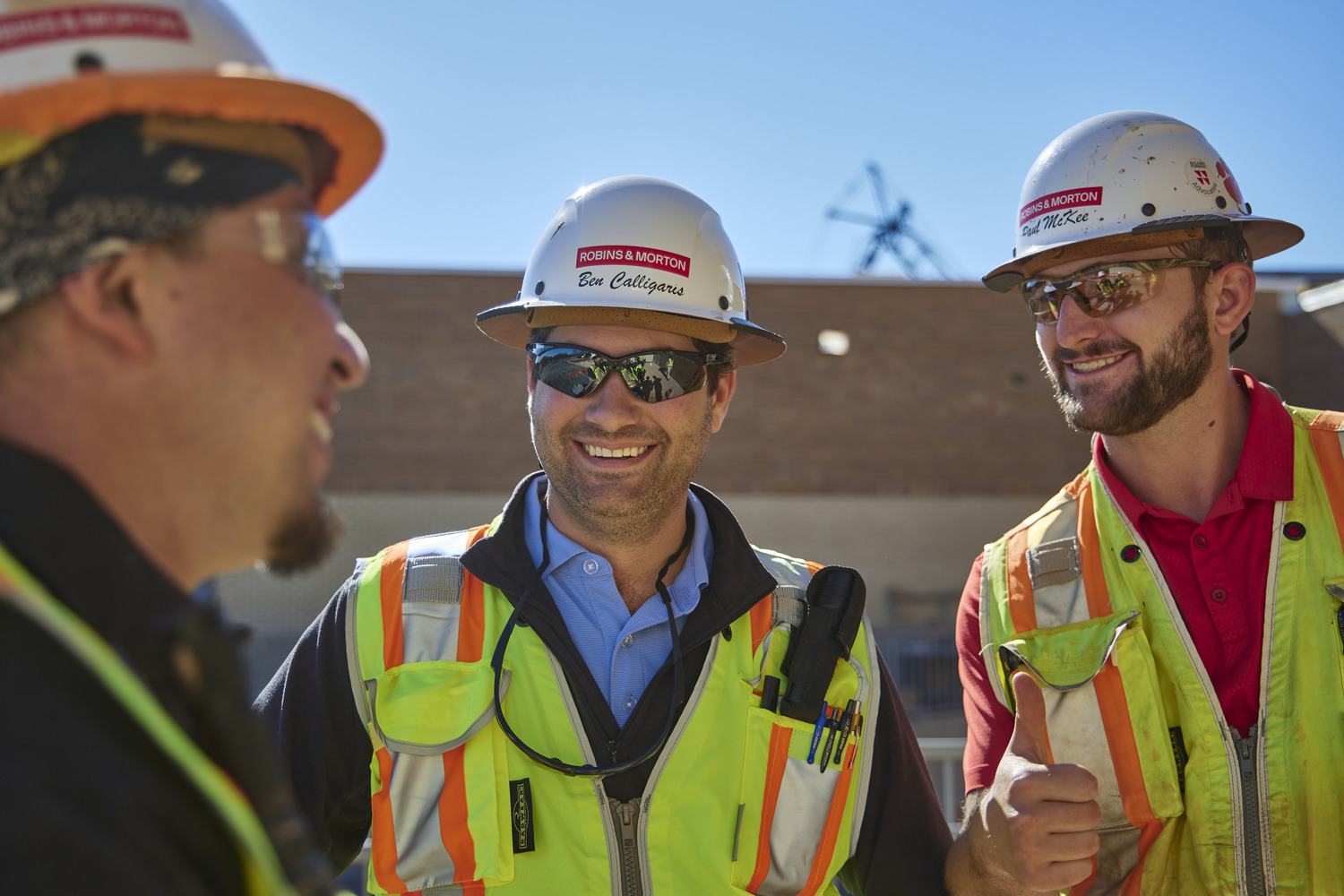By: Corey Kennedy, Director of Safety Development
When the general public thinks of construction safety, they likely imagine personal protective equipment (PPE), such as hard hats, high-visibility vests, and fall protection. As construction professionals, however, we must think beyond the PPE, physical hazards, and other safety elements required on our jobsites. We must also consider how the construction environment affects us — and how our state of mind impacts our performance, including our awareness of hazards in our environment.
Mental clarity and emotional well-being benefit every aspect of our work lives. When we feel good about ourselves and are stable in our lives, we’re more likely to make decisions confidently, treat others with respect, build and maintain relationships and develop leadership skills.
From a safety perspective, however, mental clarity and emotional well-being can make the difference between focused, safe task performance or distraction that results in mistakes with the potential to cause injury.
Because of the importance of maintaining mental and physical health, Robins & Morton’s safety culture incorporates the Human Performance Operating Philosophy. This philosophy acknowledges that mistakes happen — often when we’re not fully present and focused on our tasks. Distractions come in many forms, including difficulties in our lives and the emotions that accompany those experiences. Promoting awareness of how these distractions affect us and minimizing their occurrence by supporting good mental health are foundational to our safety culture.
The Human Performance operating philosophy also provides concepts and tools we can use to add a layer of defenses and help keep us and others present, focused and safe.
These concepts include Drift, the tendency of an organization to slip away from safe behaviors and to accept those deviations because they haven’t yet resulted in a negative consequence. Drift also happens on a personal level. Though we recognize that drift may be inevitable, taking a moment to recognize drift in our actions helps us be present, aware and safe.
Stop Work Authority is another Human Performance concept and is one of our most powerful safety tools to counter unsafe situations because it allows anyone on the jobsite to stop work at any time to eliminate unsafe behavior.
Similarly, Mission Break gives us an opportunity to stop a repetitive task to allow time for our team to regain awareness of their environment and identify new hazards or concerns before restarting the task.
Another Human Performance tool we use consistently is the “S.T.A.R.” self-assessment. S.T.A.R. stands for Stop, Think, Act and Review. We stop prior to beginning a task so that we can think about what we are about to do. At this stage, we become present and focused before we act. The review step provides an opportunity to make sure the work was completed safely and we haven’t left behind hazards for others. Each step of this assessment entails deliberate actions that bring us into the present to maintain an awareness of safety.
Finally, Peer Check encourages team members to look out for each other, notice when a teammate appears distracted or needs help with equipment or tasks, and speak up to help correct the situation. It works best between peers who are receptive to the help and can coach each other without negative consequences. Peer Check is emphasized for fall protection, tool use and equipment operation, but it’s useful for any jobsite activity as a way for coworkers to help each other be present and focused.
Taking a holistic approach to safety by emphasizing our team members’ well-being beyond the physical extends our culture of caring and creates a safe environment that is conducive to providing the efficiency and quality we commit to on every project.

